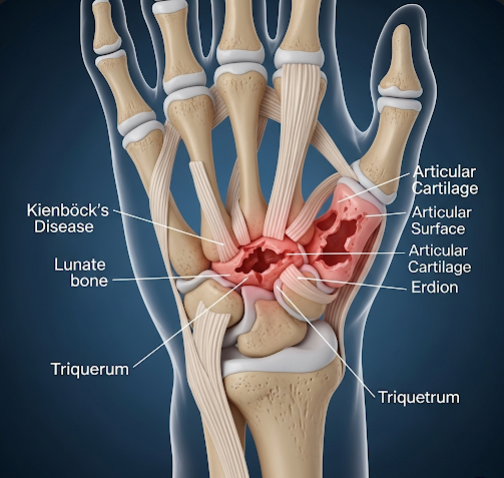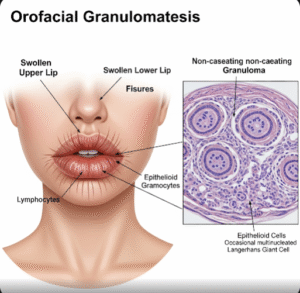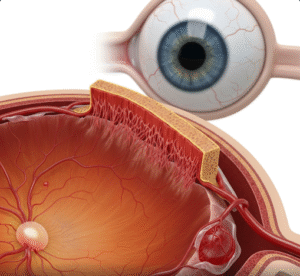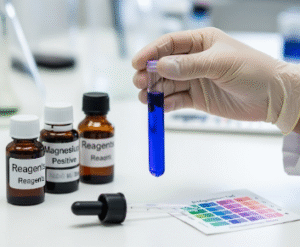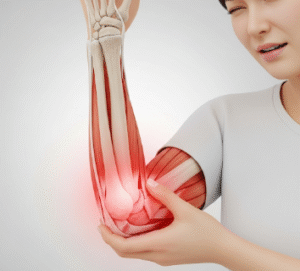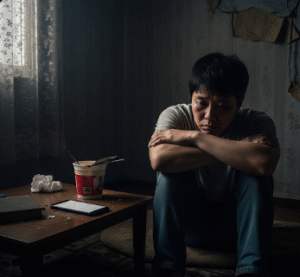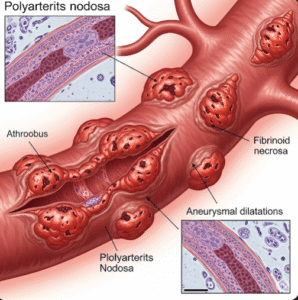Overview
Kienböck’s disease is a rare condition characterized by the progressive collapse and necrosis (death) of the lunate bone, one of the small bones in the wrist. This leads to chronic wrist pain, stiffness, and loss of function. Early diagnosis and treatment are essential to prevent permanent disability. In Korea, advanced orthopedic and hand surgery centers provide accurate diagnostic imaging, conservative management, and innovative surgical options to preserve wrist function and improve quality of life for patients with Kienböck’s disease.
What Is Kienböck’s Disease?
Kienböck’s disease, also known as lunate osteonecrosis, involves the loss of blood supply to the lunate bone, causing the bone tissue to die and eventually collapse. This disrupts wrist mechanics and causes pain and limited motion. The exact cause is not fully understood but is believed to involve trauma, repetitive wrist stress, or anatomical variations that impair blood flow. The disease progresses through stages, from early ischemia to fragmentation and arthritis of the wrist joint.
Symptoms
- Gradual onset of wrist pain, often localized over the dorsal (back) side of the wrist
- Swelling and tenderness over the lunate area
- Decreased wrist range of motion, especially extension and flexion
- Weakness and difficulty gripping objects
- Stiffness, particularly after periods of inactivity
- Clicking or grinding sensation during wrist movement in advanced stages
- Symptoms worsening with activity and improving with rest
Causes
- Repeated microtrauma or single acute injury to the wrist affecting blood supply
- Anatomical variations such as negative ulnar variance (shorter ulna compared to radius) leading to altered wrist mechanics
- Vascular insufficiency or blockage reducing blood flow to the lunate
- Increased intraosseous pressure within the lunate bone
- Possible genetic predisposition or systemic factors affecting bone health
Risk Factors
- Age between 20 and 40 years, most commonly affected group
- Male gender, more frequently diagnosed in men
- Occupations or activities involving repetitive wrist loading or trauma (e.g., manual labor, sports)
- Negative ulnar variance increasing mechanical stress on the lunate
- Previous wrist injuries or fractures
Complications
- Collapse and fragmentation of the lunate bone
- Secondary osteoarthritis of the wrist joint causing chronic pain and disability
- Limited wrist motion and loss of hand strength
- Chronic inflammation leading to synovitis
- Potential need for wrist fusion or salvage surgeries in advanced cases
Prevention
- Avoid repetitive wrist overuse and protect the wrist from trauma
- Early evaluation of wrist pain and limitation of activities that exacerbate symptoms
- Use of wrist braces or supports during high-risk activities
- Prompt treatment of wrist injuries to reduce vascular compromise
- Maintaining overall bone health with adequate nutrition and lifestyle
Treatment Options in Korea
Korean orthopedic specialists offer comprehensive treatment tailored to disease stage and patient needs:
- Conservative Management:
- Immobilization with wrist splints or casts to reduce pain and prevent progression
- Nonsteroidal anti-inflammatory drugs (NSAIDs) for pain relief
- Physical therapy to maintain wrist mobility and strength without stressing the lunate
- Surgical Treatments:
- Revascularization Procedures: Techniques to restore blood supply to the lunate, such as vascularized bone grafting.
- Joint-Leveling Procedures: Osteotomy to correct ulnar variance and redistribute load across the wrist.
- Partial Wrist Fusion: Fusion of specific wrist bones to reduce pain while preserving some motion.
- Proximal Row Carpectomy: Removal of the lunate and adjacent bones to relieve pain in advanced stages.
- Total Wrist Fusion: Considered a last resort for severe arthritis and collapse to provide pain relief at the cost of wrist motion.
- Advanced Imaging and Diagnostics: Use of MRI and CT scans for early detection and staging.
- Multidisciplinary Care: Korean hand surgeons collaborate with rehabilitation therapists to optimize recovery and function.
Korea’s expertise in microsurgery and minimally invasive techniques offers patients improved outcomes with quicker recovery times.

